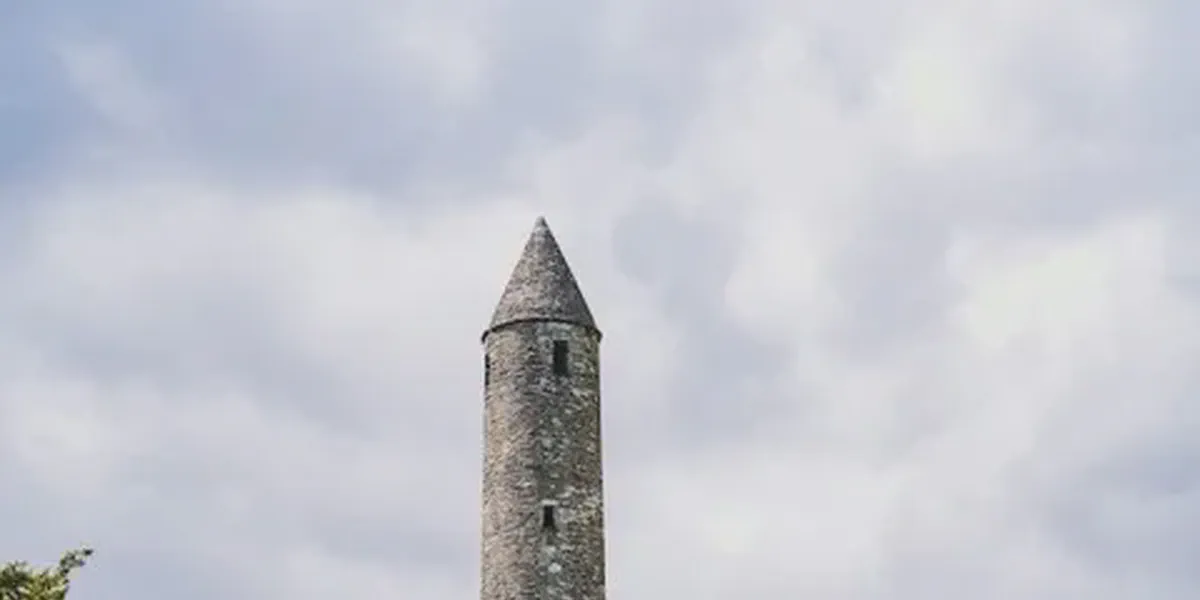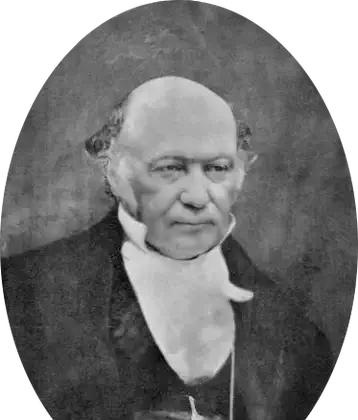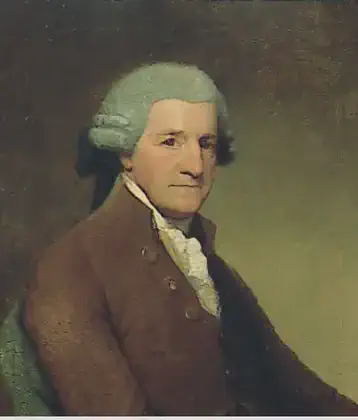
Born in 1760, fourth of six children of John Barrington, landowner in Queen’s Co. Admitted to the bar in 1788 and eventually became a Judge of the High Court of Admiralty.
The 1798 Rebellion
Many of the Dublin leaders were betrayed by the Castles network of spies and informers. The rebels on the south side of the city intended to take Dublin Castle by surprise, while the north side, Santry village men assailed the Ship Street Barracks. However, as the Castle authorities had been informed in advance, a company of dragoons surprised, sabred and dispersed them. Sir Jonah Barrington gave the following description of the The 1798 Rebellion.
Some dead bodies of insurgents, sabred the night before by Lord Rodens dragoons, were brought in a cart to Dublin. The carcasses were stretched out in the (Upper) Castle Yard, where the Viceroy then resided. In full view of the Secretaries window, they lay on the pavement as trophies of the first skirmish, during a hot day, cut and gashed in every part covered in clotted blood and dust, the most frightful spectacle which ever disgraced a royal residence save the seraglio. After several hours exposure, some appearance of life was perceived in one of the mutilated carcasses. The man had been stabbed and gashed in various parts. His body was removed to the guardroom and means were taken to restore animation. The efforts succeeded. He entirely recovered and was pardoned by Lord Camden. He was an extraordinarily fine young man, about six feet high (1.8m), the son of a Mr. Keogh, an opulent landholder of Rathfarnham. He did not, however, change his principles and was ultimately, sent out of the country.
More From This Day




A. E. (George Russell), pivotal Irish Renaissance poet, painter, journalist and mystic, is born
April 08, 1867

John George Adair evicts 244 tenants on his estate at Derryveagh, Co. Donegal
April 08, 1861


Sir William Rowan Hamilton, mathematician and astronomer, is born in Dublin
April 08, 1805
